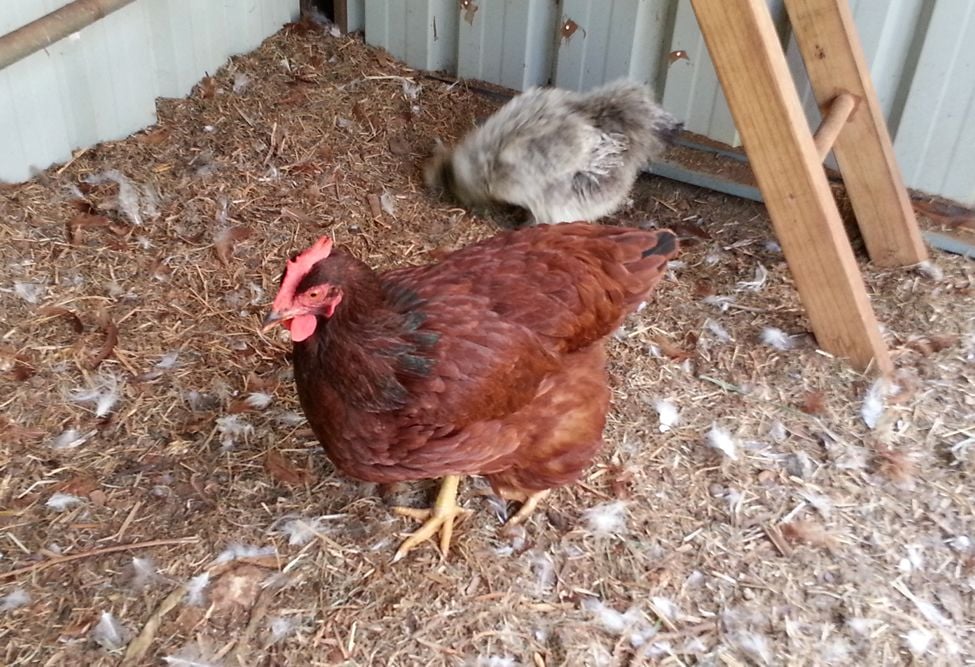Hey guys, moving house soon and adopting the current owners chickens. They have two silkies but then also this girl, which they just said "was a big red one" (they didn't know breed either). When they first said that, I thought maybe an ISA brown or just a red-sex link, but we have both of those currently and now that I've seen the chicken, it doesn't look anything like either. I also thought maybe a sussex just because of the feather colouring around the neck and in the tail, but the red in the rest of the body is much darker than any pictures of other red sussex's I've seen, and the neck feathers aren't as distinguished (colour-wise) as in the Sussex. But I dunno, I'm really just blindly guessing here, I'm still a chicken amateur, haha.
Any help is much appreciated!




Any help is much appreciated!

Last edited:




